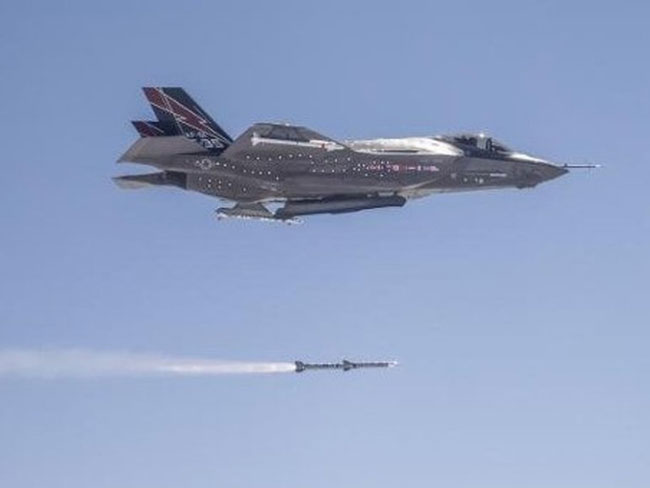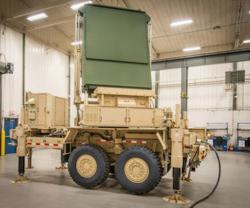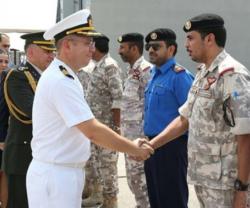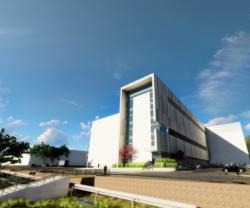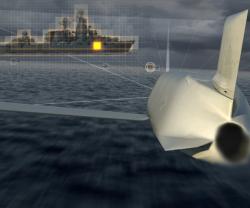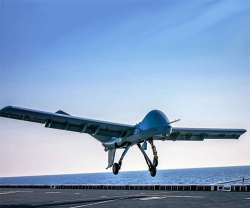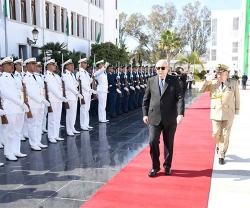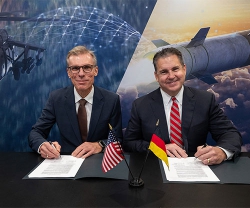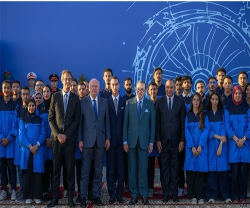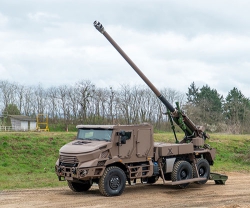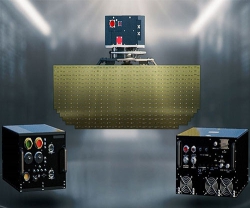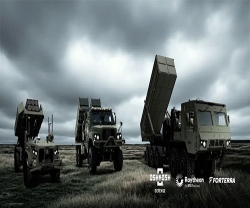F-35 Completes First in-Flight Missile Test
13.06.2013 North America
The US Air Force has for the first time fired a missile from an F-35 fighter jet, edging the aircraft that is being developed for the US military and a dozen other countries closer to combat readiness, a spokeswoman for the project said earlier this week.
“The launch shows we are making forward progress and moving toward the capability to make targeted missile launches,” Lockheed Martin’s Laura Siebert, a spokeswoman for the F-35 program, told RIA Novosti.
The F-35A, developed for the US Air Force, fired a Raytheon-built AIM-120 C5 AAVI missile last week from an internal weapons bay over the sea test range at Point Mugu in California, which is part of Edwards Air Force base, Siebert said.
Charlie Wagner, the Weapons Director for the F-35, said that the in-flight missile launch is “a turning point in F-35 capabilities” and a “small, but critical increment toward proving combat capability.”
Three distinct versions of the F-35 are being developed for the US Air Force, Navy and Marine Corps. The Air Force expects to take delivery of its F-35s, and have pilots and ground crew trained to pilot them and provide backup for missions by December 2016 – one year after the Marine Corps and around three years before the Navy.
The estimated cost of the F-35 is $75 million per plane in 2012 dollars, Siebert said. Inflation will push that to $85 million per jet when the aircraft are delivered and operational with the different branches of the US military, she said.
Several US F-35 partner countries - including Australia, Britain, Canada, Denmark, Italy, the Netherlands, Norway and Turkey - are producing components for the different models of the F-35.
Many partner countries have ordered their first aircraft, and Britain has already received its first F-35.
Conceived in the mid 1990s, the tri-variant F-35 represents the pinnacle of more than 50 years of fighter development technology. Designed to dominate the skies, the F-35 combines the 5th Generation characteristics of radar evading stealth, supersonic speed and extreme agility with the most powerful and comprehensive integrated sensor package of any fighter aircraft in history.
Advanced avionics give the pilot real-time access to battle space information with spherical coverage and an unparalleled ability to dominate the tactical environment. Data collected by F-35 sensors can be immediately shared with Commanders at sea, in the air or on the ground, providing an instantaneous, high-fidelity view of ongoing operations - making the Lightning II a formidable force multiplier.
The F-35’s built-in sustainment establishes new levels of operational readiness. Aircraft share common parts, support equipment and technical data, yielding greater reliability and long-term cost savings.
“The launch shows we are making forward progress and moving toward the capability to make targeted missile launches,” Lockheed Martin’s Laura Siebert, a spokeswoman for the F-35 program, told RIA Novosti.
The F-35A, developed for the US Air Force, fired a Raytheon-built AIM-120 C5 AAVI missile last week from an internal weapons bay over the sea test range at Point Mugu in California, which is part of Edwards Air Force base, Siebert said.
Charlie Wagner, the Weapons Director for the F-35, said that the in-flight missile launch is “a turning point in F-35 capabilities” and a “small, but critical increment toward proving combat capability.”
Three distinct versions of the F-35 are being developed for the US Air Force, Navy and Marine Corps. The Air Force expects to take delivery of its F-35s, and have pilots and ground crew trained to pilot them and provide backup for missions by December 2016 – one year after the Marine Corps and around three years before the Navy.
The estimated cost of the F-35 is $75 million per plane in 2012 dollars, Siebert said. Inflation will push that to $85 million per jet when the aircraft are delivered and operational with the different branches of the US military, she said.
Several US F-35 partner countries - including Australia, Britain, Canada, Denmark, Italy, the Netherlands, Norway and Turkey - are producing components for the different models of the F-35.
Many partner countries have ordered their first aircraft, and Britain has already received its first F-35.
Conceived in the mid 1990s, the tri-variant F-35 represents the pinnacle of more than 50 years of fighter development technology. Designed to dominate the skies, the F-35 combines the 5th Generation characteristics of radar evading stealth, supersonic speed and extreme agility with the most powerful and comprehensive integrated sensor package of any fighter aircraft in history.
Advanced avionics give the pilot real-time access to battle space information with spherical coverage and an unparalleled ability to dominate the tactical environment. Data collected by F-35 sensors can be immediately shared with Commanders at sea, in the air or on the ground, providing an instantaneous, high-fidelity view of ongoing operations - making the Lightning II a formidable force multiplier.
The F-35’s built-in sustainment establishes new levels of operational readiness. Aircraft share common parts, support equipment and technical data, yielding greater reliability and long-term cost savings.
Latest news
Latest events
Dubai International Air Chiefs’ Conference (DIACC 2025)
16 Nov 2025Atlantis, The Palm Dubai - United Arab EmiratesDubai Airshow
17 - 21 Nov 2025Dubai World Central (DWC) - United Arab EmiratesEgypt Defence Expo (EDEX)
01 - 04 Dec 2025Egypt International Exhibition Center New Cairo - EgyptDoha International Maritime Defence Exhibition & Conference (DIMDEX 2026)
19 - 22 Jan 2026Doha - Qatar

